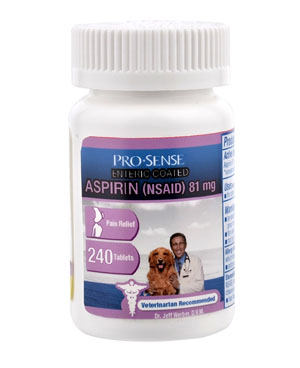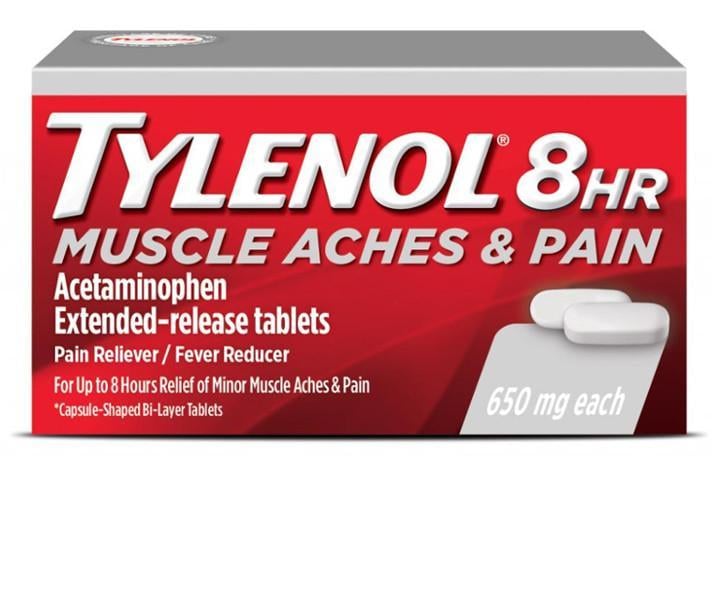

If an infant develops red spots or any other type of rash while taking Tylenol, stop giving them the drug and contact a doctor right away. However, there are other risks, such as: A rashĪ rash can develop, even in people who have taken Tylenol with no problems in the past. Tylenol is generally safe if people use it correctly. If a baby has any of these side effects, contact a doctor right away. Some potential side effects of Tylenol include: It is not safe to assume that they have moved into the next weight range. If weighing the baby is not possible, base the dosage on their last known weight.
 Weigh the baby before giving them the medication. Make a note of each dose and the time the baby had it. Before administering a dose, have more than one responsible adult verify the correct dosage on labeling, then verify that this amount is in the syringe. Manufacturers no longer sell this, and it is too old to use, so dispose of it safely and replace it.īelow are some strategies to ensure that an infant gets the right dosage: Reducing Fever in Children: Safe Use of Acetaminophen (FDA.Children’s acetaminophen chewable tabletsĬhildren’s acetaminophen dissolvable packs (160 mg)Ī discontinued form of Tylenol comes in a formula of 80 mg per 0.8 ml. Acetaminophen - Info for Consumers (National Library of Medicine). Using Over-The-Counter Medicines With Your Child. The amount to give each time is the same as the amount to give by mouth.Įxtended-release: Do not give 650 mg oral extended-release products in children. Suppositories (medicine that is put in the rectum, or butt): Acetaminophen also comes in 80, 120, 325 and 650 mg suppositories. Oral disintegrating tablets: These are dissolvable tablets that come in 80 mg and 160 mg (junior strength) Do not give more than 4 doses in 24 hours. How often to give the medicine (frequency): You can give acetaminophen every 4 to 6 hours as needed. If a tool does not come with the medicine, ask your pharmacist for one. Use the syringe or tool that comes with the medicine. Measuring the dose for liquid medicines (should be in "mL" or metric units): It is easier to give the right amount of liquid medicine when using a syringe than when using a kitchen teaspoon or tablespoon. Avoid multi-ingredient products in children under 6 years of age. Medicines with more than 1 ingredient (also called combination products): It is best not to give medicines with more than one ingredient to children less than 6 years of age. If this happens, please talk to your child’s doctor.) (Note: Fever may happen after a vaccine in a child 8 weeks of age or older. If there is a fever, your baby will need to be checked to see what tests are needed. This is because fever in the first 12 weeks of life should be recorded in a health care setting. Pediatric acetaminophen products on store shelves can continue to be used as labeled.Īge of child: Do not use acetaminophen under 12 weeks of age unless your pediatrician tells you to. Dissolvable powder packs are available for children ages 6-11 years old and 48-95 pounds. Liquid syrup acetaminophen is available as 160mg/5mL. Some manufacturers have recently made chewable tablets into a single strength of 160 mg. Since that time, manufacturers and retailers of pediatric acetaminophen have voluntarily worked to change the amount of acetaminophen in these medicines to one standard amount (160 milligrams ).
Weigh the baby before giving them the medication. Make a note of each dose and the time the baby had it. Before administering a dose, have more than one responsible adult verify the correct dosage on labeling, then verify that this amount is in the syringe. Manufacturers no longer sell this, and it is too old to use, so dispose of it safely and replace it.īelow are some strategies to ensure that an infant gets the right dosage: Reducing Fever in Children: Safe Use of Acetaminophen (FDA.Children’s acetaminophen chewable tabletsĬhildren’s acetaminophen dissolvable packs (160 mg)Ī discontinued form of Tylenol comes in a formula of 80 mg per 0.8 ml. Acetaminophen - Info for Consumers (National Library of Medicine). Using Over-The-Counter Medicines With Your Child. The amount to give each time is the same as the amount to give by mouth.Įxtended-release: Do not give 650 mg oral extended-release products in children. Suppositories (medicine that is put in the rectum, or butt): Acetaminophen also comes in 80, 120, 325 and 650 mg suppositories. Oral disintegrating tablets: These are dissolvable tablets that come in 80 mg and 160 mg (junior strength) Do not give more than 4 doses in 24 hours. How often to give the medicine (frequency): You can give acetaminophen every 4 to 6 hours as needed. If a tool does not come with the medicine, ask your pharmacist for one. Use the syringe or tool that comes with the medicine. Measuring the dose for liquid medicines (should be in "mL" or metric units): It is easier to give the right amount of liquid medicine when using a syringe than when using a kitchen teaspoon or tablespoon. Avoid multi-ingredient products in children under 6 years of age. Medicines with more than 1 ingredient (also called combination products): It is best not to give medicines with more than one ingredient to children less than 6 years of age. If this happens, please talk to your child’s doctor.) (Note: Fever may happen after a vaccine in a child 8 weeks of age or older. If there is a fever, your baby will need to be checked to see what tests are needed. This is because fever in the first 12 weeks of life should be recorded in a health care setting. Pediatric acetaminophen products on store shelves can continue to be used as labeled.Īge of child: Do not use acetaminophen under 12 weeks of age unless your pediatrician tells you to. Dissolvable powder packs are available for children ages 6-11 years old and 48-95 pounds. Liquid syrup acetaminophen is available as 160mg/5mL. Some manufacturers have recently made chewable tablets into a single strength of 160 mg. Since that time, manufacturers and retailers of pediatric acetaminophen have voluntarily worked to change the amount of acetaminophen in these medicines to one standard amount (160 milligrams ). 
Food and Drug Administration (FDA) recommended liquid, chewable, and tablet forms of acetaminophen be made in just one strength. Acetaminophen Dosage Table for Fever & Pain: Birth to 3 Years of Age:Īcetaminophen Dosage Table for Fever & Pain: Age 4 Years and Older:Ĭaution: In 2011, the U.S.







 0 kommentar(er)
0 kommentar(er)
